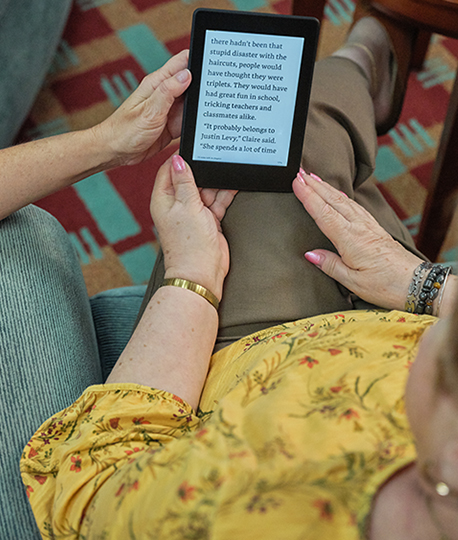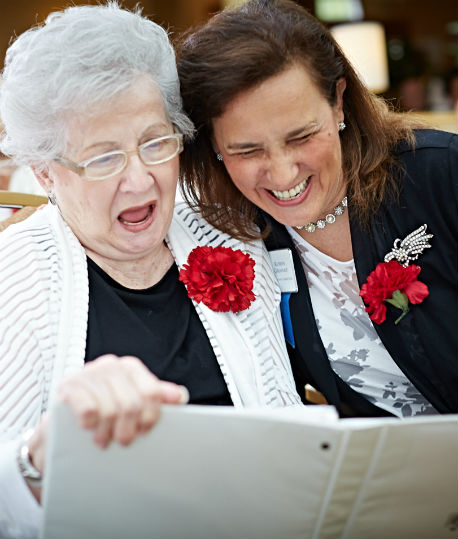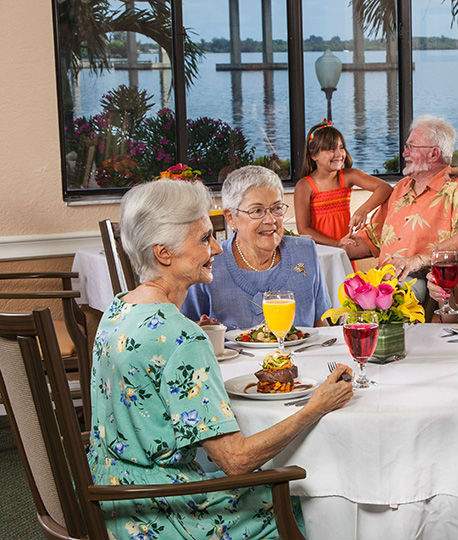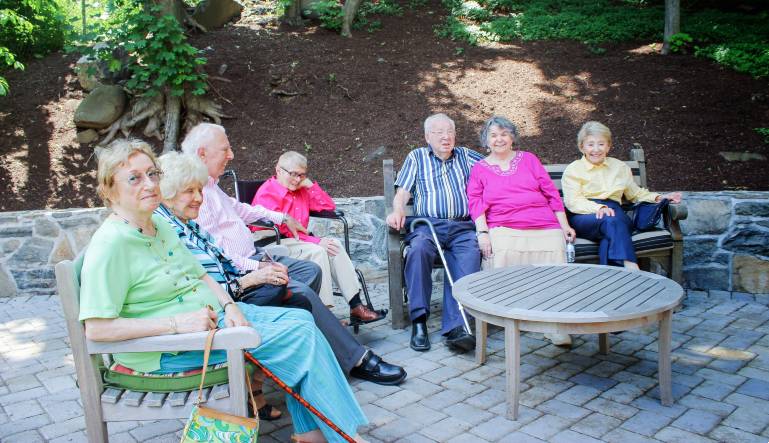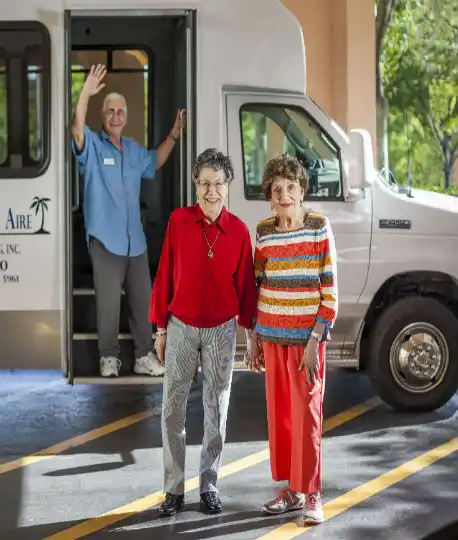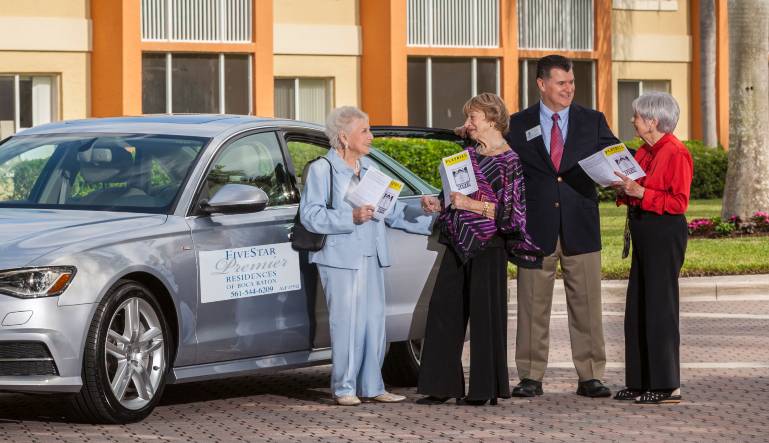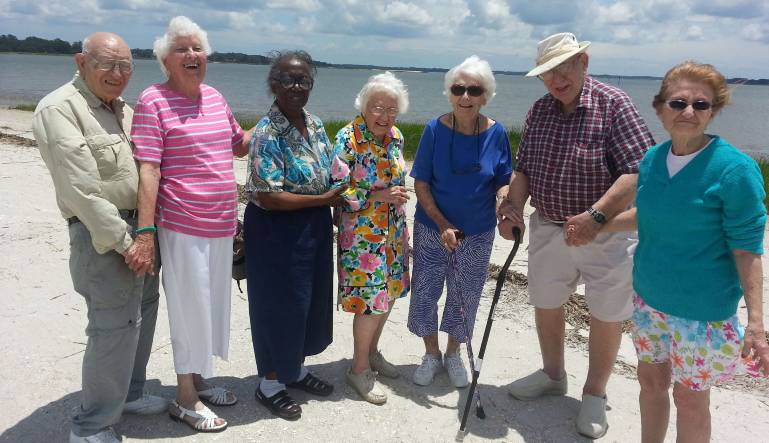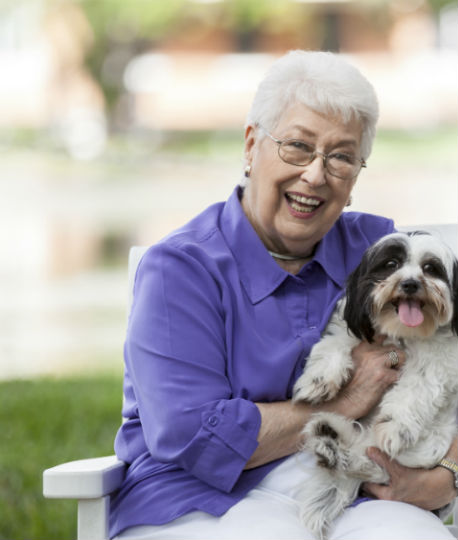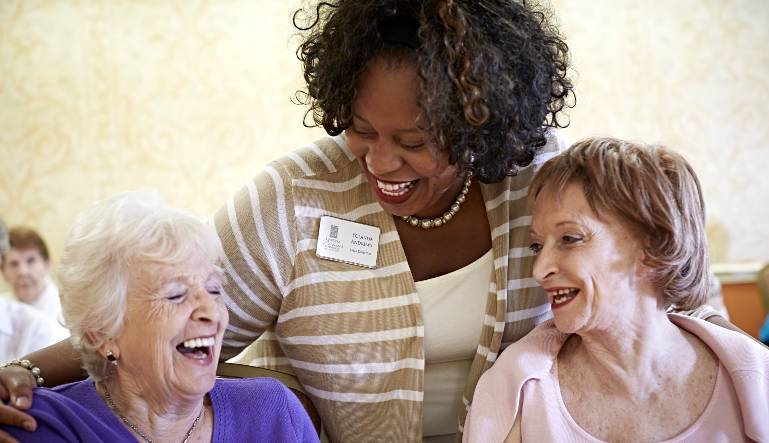<!–[CDATA[If you are a caregiver for a senior loved one, you know how tough it can be to keep all of their medical information and appointments organized. It is even more difficult when multiple family members are involved in the senior’s care.
Updating changes in medications, tracking new symptoms to review with a physician, and arranging transportation to appointments can be time consuming. For a busy caregiver, it’s time you often lack.
Fortunately, technology offers families some comprehensive and inexpensive solutions. Many can be accessed and updated with a few clicks on your smart phone or tablet.
Helpful Apps for Caregivers
As is true of many things today, there is an app for almost every task you need to complete and that includes caregiving duties. Here are a few apps that are popular with people caring for a senior loved one:
- Care Zone: Available for both iPhones and Androids, Care Zone makes it easy for family caregivers to store and save important health information. You can maintain a list of medications and receive automated medication reminders.
- Lotsa Helping Hands: This free platform can be a lifesaver when a variety of people are involved in a senior’s care. You can set up and share calendars with those who follow the community you create. It also allows people to volunteer for everything from providing a meal to covering transportation.
- Caring Village: Another great app for organizing and sharing a senior’s health-related information is Caring Village. The dashboard and mobile app store documents, care plans, and daily “to do” lists.
Another struggle family caregivers grapple with is how to safely manage medications. This can be especially true for older adults who live alone. Fortunately, there are tech solutions for that challenge too.
Technology to Help Manage a Senior’s Medication Schedule
Here are a few products to explore if you are trying to help an older loved one manage their medications safely:
- MyMeds: This comprehensive med-management system promotes itself as being a real-time conduit between patients, providers, and physicians. One important benefit is that patients can download their med list and set up dosage reminders.
- MedMinder: These electronic pill dispensers work off of wireless technology. Depending on the model you select, these dispensers can do everything from unlock the compartment with the timed dosage to alert a family member if a medication is missed.
There are additional tech products to make caregiving—especially long -distance caregiving—easier. They include whole-house monitoring, video chat, and life-alert systems to call for help. Each one is designed to make the role of caregiver a little more manageable.
Hands-On Caregiving
At Five Star Senior Living communities, we use a variety of methods to help each resident live their best quality of life. They range from the latest technology to hands-on support from experienced caregivers. Call the community nearest you to learn more and to schedule a private tour!

